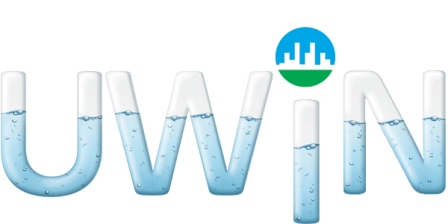Pacific Northwest Region
Click here to meet our Pacific Northwest Stakeholder Advisory Committee
The Willamette River has long been central to Oregon’s identity. In the past, the river and the abundance of the lands around it drew settlers to the frontier on the Oregon Trail. Today, more than two-thirds of Oregonians call the Willamette River Basin home. The Willamette and its tributaries originate high in crystal mountain lakes, then flow through ancient forests, rich farm land, and thriving urban centers, along the way providing water for drinking, fisheries, irrigation, recreation, industry and many other uses.
Seasonal patterns strongly influence water supply and demand in the Willamette River basin. Winters are cool and wet with precipitation that swells the rivers, recharges soil moisture and groundwater, and creates snowpack in the basin’s Cascade mountain headwaters. In contrast, summers are warm and dry, with little precipitation to meet the warm-weather water needs of fish, forests, farms and cities. A system of 13 federal reservoirs, called The Willamette Project, also exerts a strong influence on hydrology by reducing winter flood peaks and augmenting summer flows in the Willamette River mainstem and major tributaries draining the Cascade mountains. In addition to flood risk reduction, these multipurpose reservoirs, operated by the US Army Corp of Engineers, generate power and provide boating and fishing opportunities. In sum, the river and its basin support a remarkably diverse economy that includes forestry, agriculture, and thriving urban centers.
Oregon has a history of planning and conservation that led to early adoption of many green technologies for urban water management. State and regional governments play an active role in managing urban expansion, using Urban Growth Boundaries and Exclusive Farm and Forest Land zoning to rationalize urban development while protecting productive rural lands. The region is also home to several iconic salmon species, and efforts to protect their spawning and migratory pathways help promote awareness among citizens about water issues and conservation needs.
Climate change, population growth, endangered species and planning for earthquake resilience all are major challenges for urban water management in the region. Climate models project an increase in mean annual temperatures of 1-7 degrees Celsius (2-13 degrees Fahrenheit) and population in the Willamette Valley is expected to more than double by the year 2100. The region is also at risk for a catastrophic earthquake triggered by the movement of tectonic plates along the Cascadia subduction zone.
UWIN research in the Pacific Northwest Region focuses on the Willamette River Basin, with particular attention to the cities of Portland and Eugene. Urban water managers here seek to balance trade-offs between pricing, infrastructure needs, regulatory requirements and conservation goals. In important ways, the future will not be like the past. Water quality and availability, as well as habitat for aquatic and riparian species, are threatened by rapid population growth, the impacts of climate change, and massive shifts in demographics, agriculture, and uses of the river. Water providers must plan for future water demand, and some look increasingly to the Willamette River as a potential source. Wastewater managers express concerns about meeting regulatory requirements such as temperature TMDLs established to protect native fish. Once subject only to natural processes, it is now people — our structures, our decisions, and our actions — that largely shape the Willamette. UWIN in the Willamette seeks to maintain and enhance the resiliency of the region’s water system to provide environmental, economic, and social benefits for the Basin’s future residents.
Stakeholder Engagement
UWIN stakeholder engagement activities focus on learning from challenges facing local water communities in order to inform ongoing research, while providing tools and information to communities to further their sustainable water programs.
Meet the Pacific Northwest Stakeholder Advisory Committee here.
Upcoming Events
Project Collaborator Training – July 11, Salem, OR
